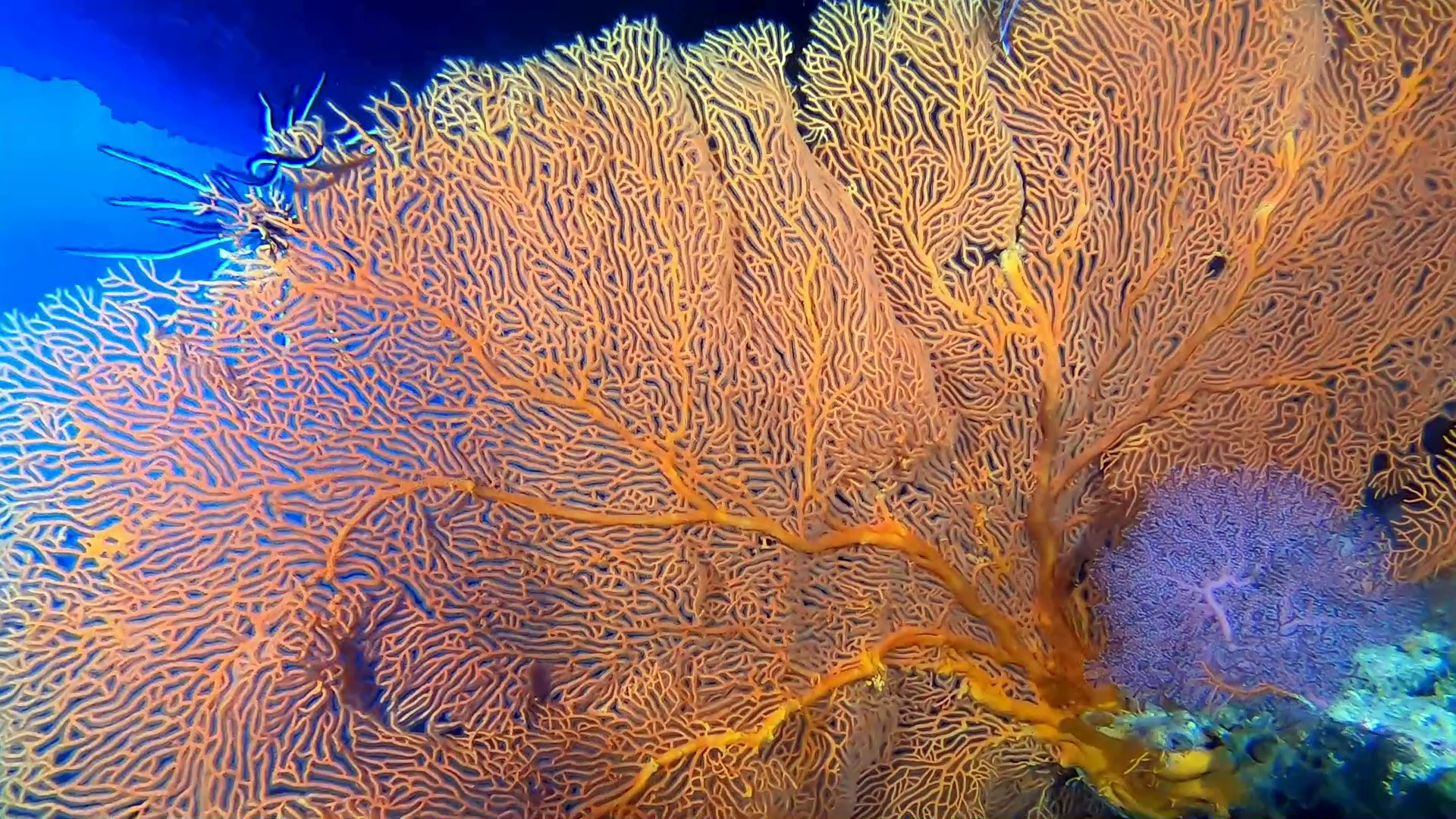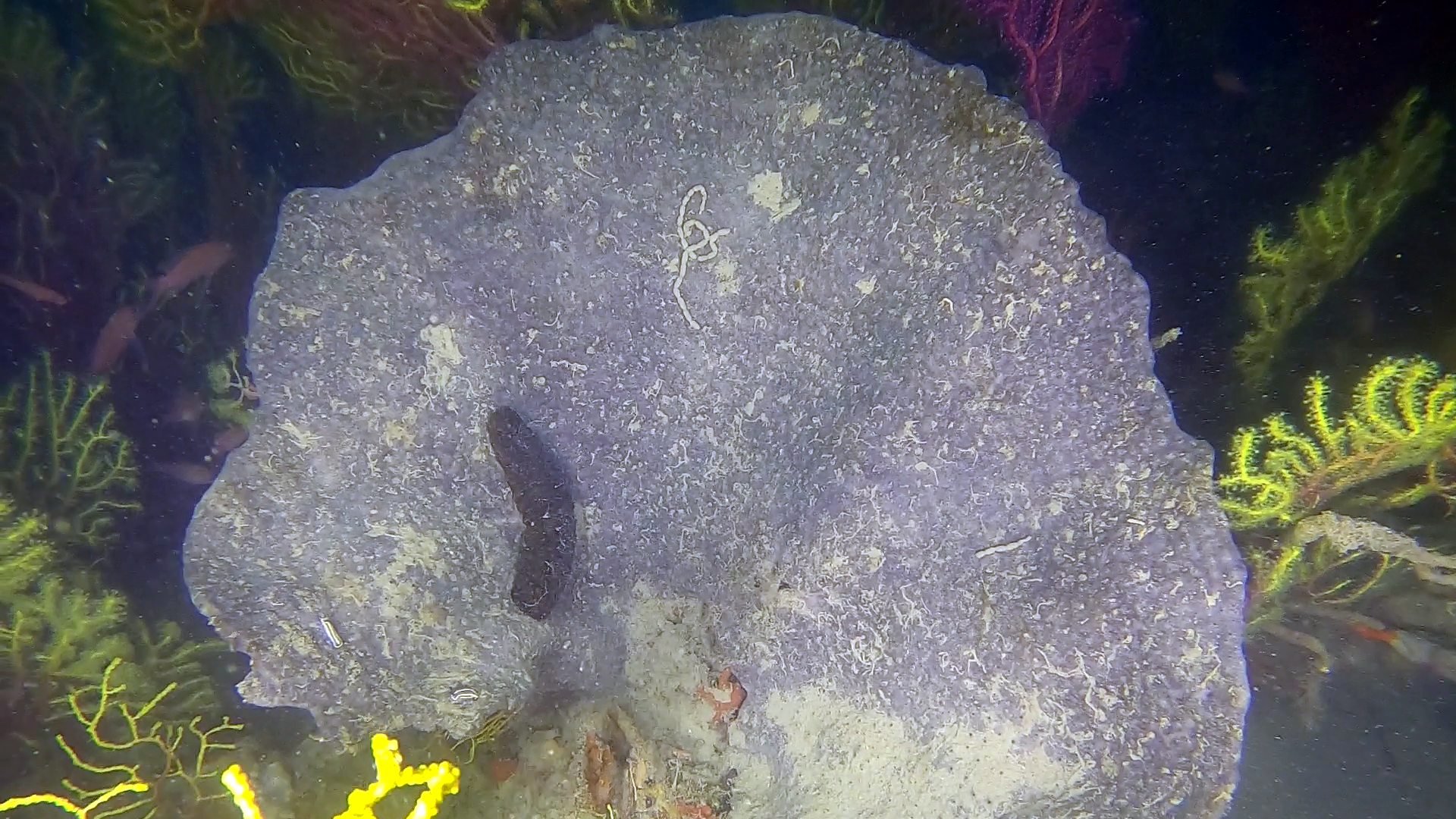Deep scuba diving using compressed air is definitely to be considered a high-risk dive. All international diving organizations recommend limiting diving with compressed air to -40 meters of depth to avoid incurring what is called nitrogen narcosis. Compressed air is denser as the depth increases, and consequently greater breathing effort is required which could lead to breathlessness and greater air consumption. Furthermore, we must know that at a partial pressure greater than 1.6 bar, oxygen is toxic to the body, at least in the case of prolonged diving. It is therefore necessary to make a very precise calculation of the air necessary to carry out and the dive and the decompression, foreseeing a residual percentage at the end of the dive so as to be able to deal with any unexpected event, without finding yourself running out of air in the tanks. immersione ad alto rischio
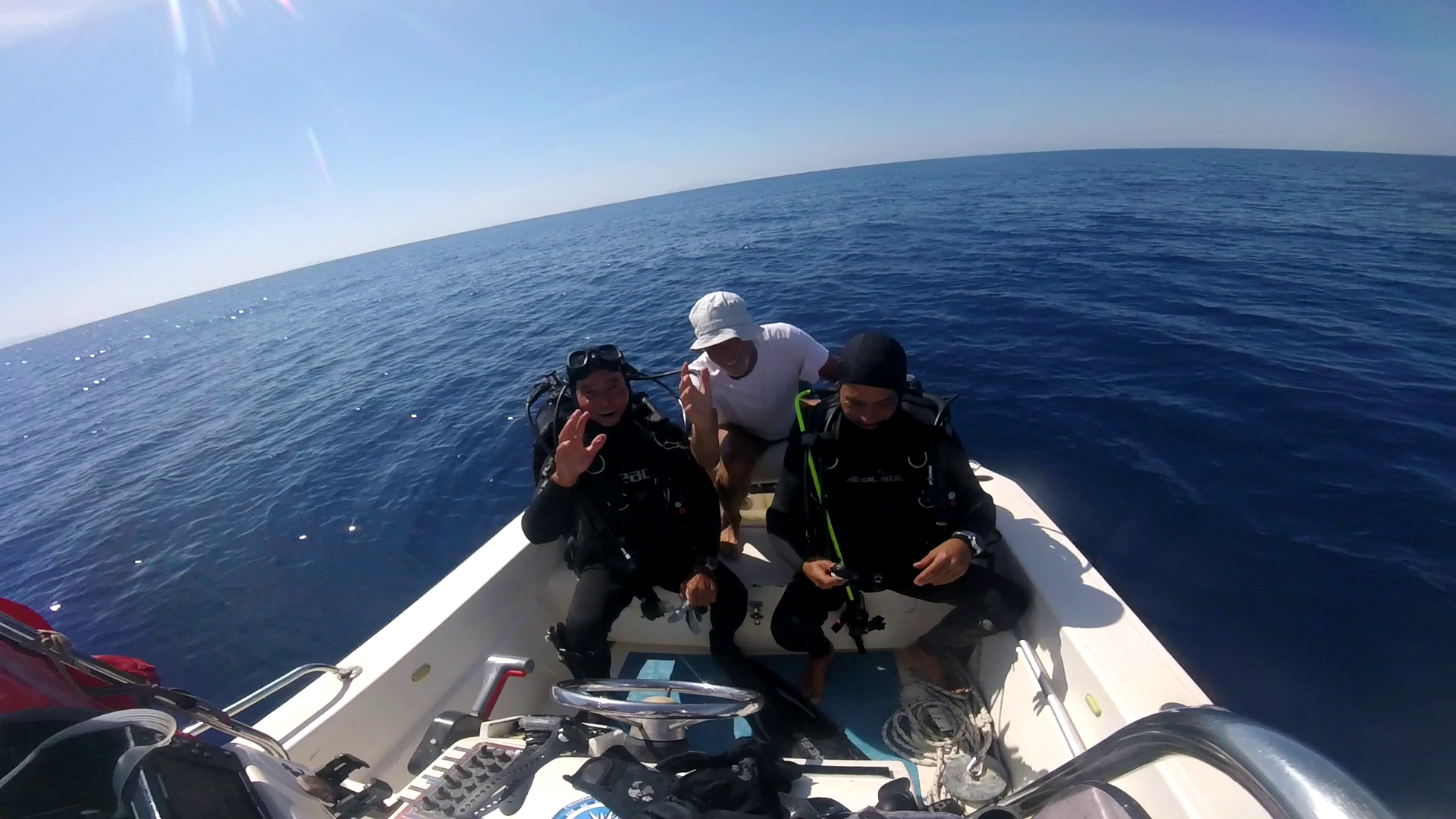
ready for scuba diving – pronti per l’immersione subacquea – www.intotheblue.it
The organization of the dive in the open sea must be very meticulous, therefore the support boat must be able to count on an excellent depth sounder and GPS to locate the exact point where we want to dive, and have a weighted line to allow the diver to remain connected to the boat during long decompression stages, have an oxygen cylinder on board with a dedicated regulator for any emergencies but also to be able to use it partially during the decompression phase, the pedagno (is a signal buoy that can be made by means of a heavy body joined, via a rope, to a floating body), have a little slate that allows the diver to communicate with the crew on board the vessel, have a radio transmitter for any emergency or rescue request even if we have mobile phones with us (often at a distance of several miles from the coast cell phones do not receive the signal). immersione ad alto rischio
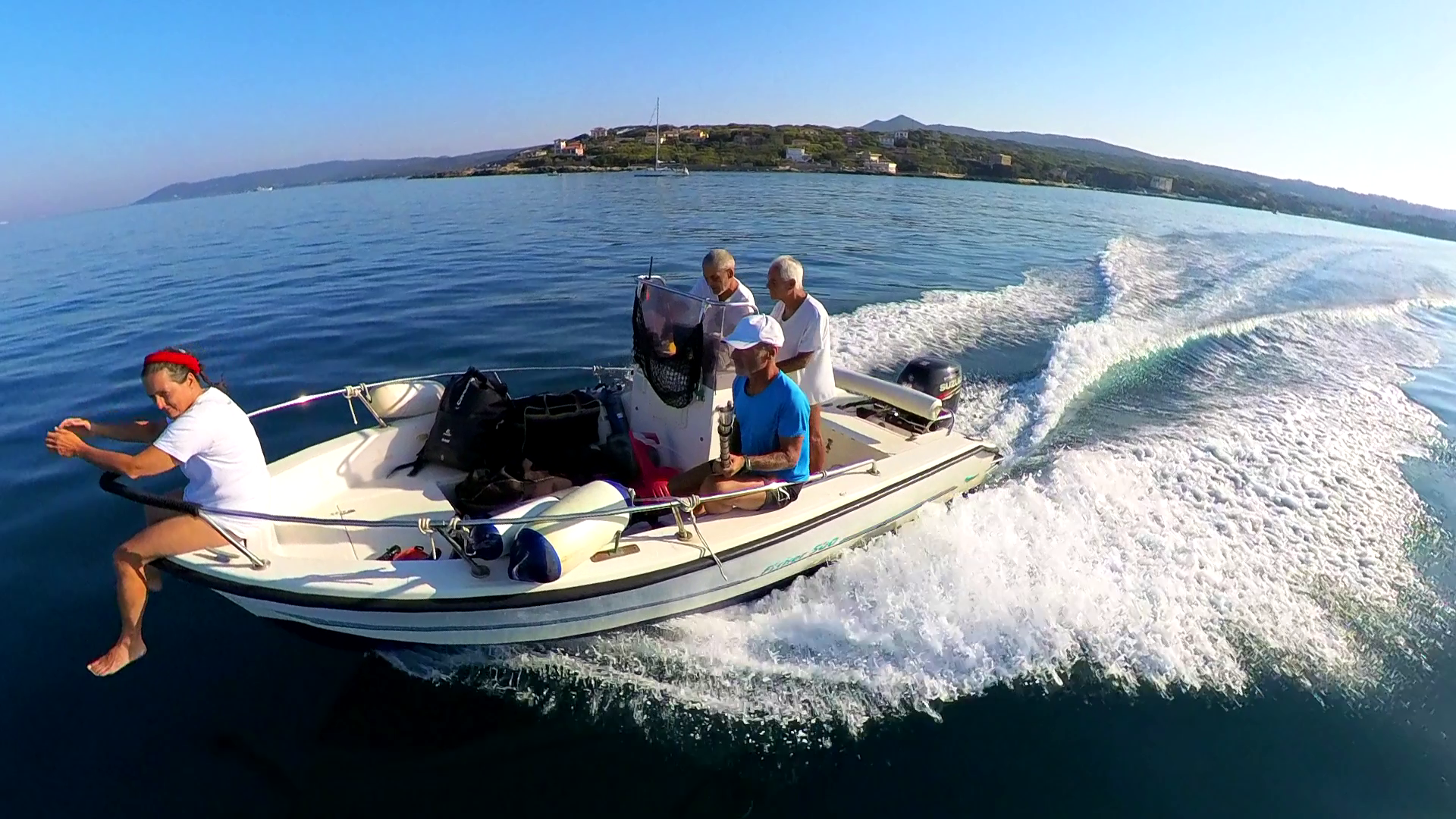
journey to diving point – viaggio verso il punto d’immersione – www.intotheblue.it
The support crew must be made up at least partly of divers. In fact, the divers who provide assistance know the problems of diving well and therefore best understand the diver’s behavior both during the dive and during the ascent (remember that it must not exceed 10 meters per minute) and decompression. When scuba diving it often happens that the person providing assistance then does the dive. Individual athletic and psycho-physical abilities are very important. Sports diving can be carried out by all those who love the sea and this beautiful sport after obtaining the relevant diving licenses and making use of specialized diving centers. immersione ad alto rischio
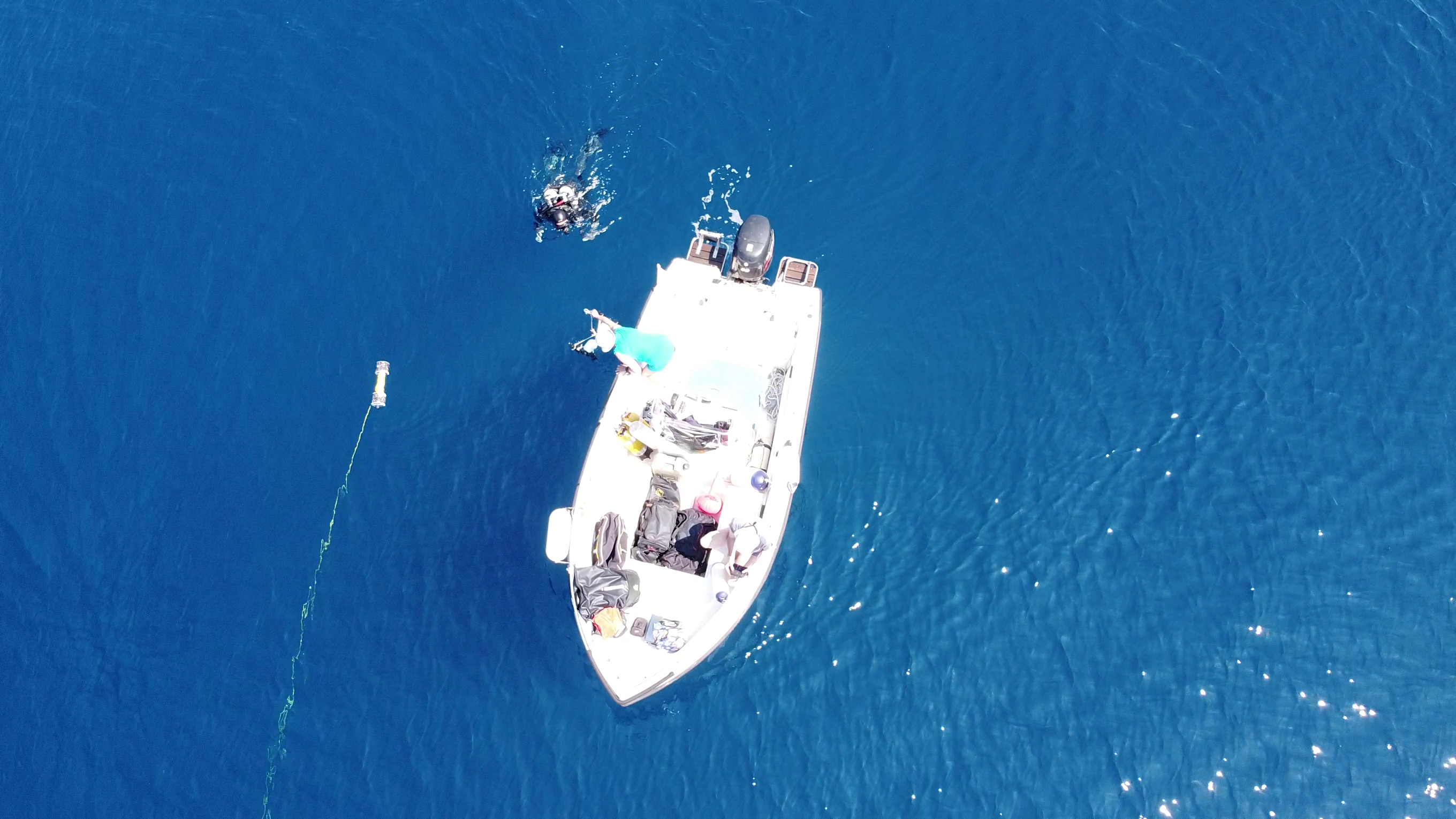
diving point – punto d’immersione – www.intotheblue.it
Deep diving, on the other hand, requires considerable athletic ability; this involves a series of specialist medical visits (cardiological tests, ENT tests, etc.) to be carried out every year, then progressive diving training until the objectives we have set ourselves are achieved. Furthermore, it is good to remember that not all subjects are able to undertake such dives because, as we have mentioned, strong nerves, great lucidity (lucidity often decreases with increasing depth), and considerable experience both underwater and seafaring. We must never forget that there are elements that we can only evaluate when we have already started the dive, such as the sea currents present in the seabed. Visibility: we do not always find clear water, often visibility is reduced to a few meters or even just one metre.
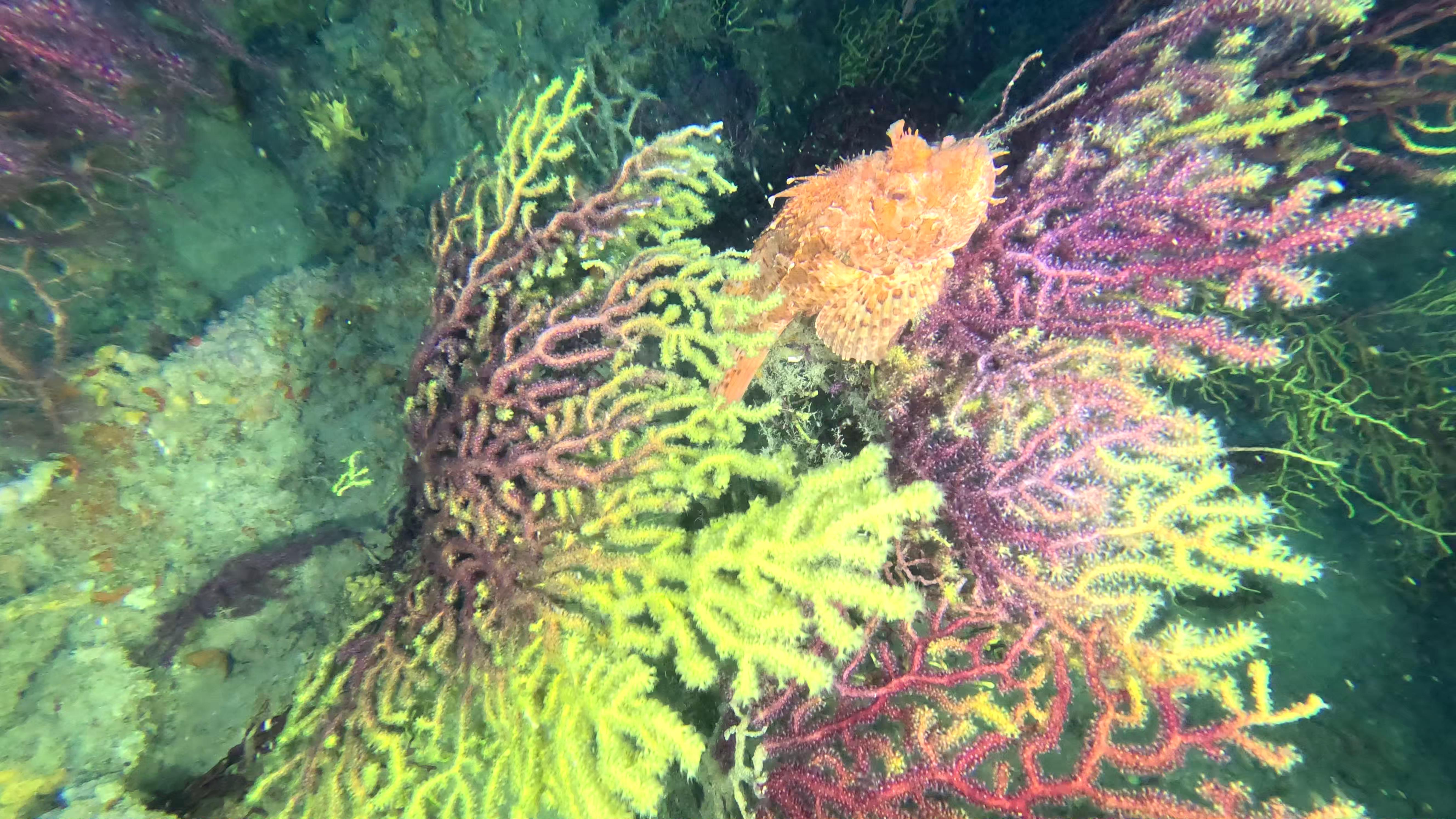
mediterranean coral reef – barriera corallina mediterranea – www.intotheblue.it
The water temperature at depth is always very low and in the Mediterranean Sea it rarely exceeds 14° during the summer. Other unforeseen events may include fishermen’s nets caught on the seabed which, in addition to being harmful to the environment, may represent a serious danger for the diver in the event that he remains hooked to them, as well as any abandoned seabed long lines or gill nets, etc. In the event of an emergency, due to engine failure or otherwise, the diver must be autonomous and able to carry out the decompression stages in open water in order to resurface safely, and if he has lost the position signaling balloon (due to breakage of the thread or of the balloon itself) have a spare inflatable balloon with you so as to signal your presence, considered that we are on the high seas.
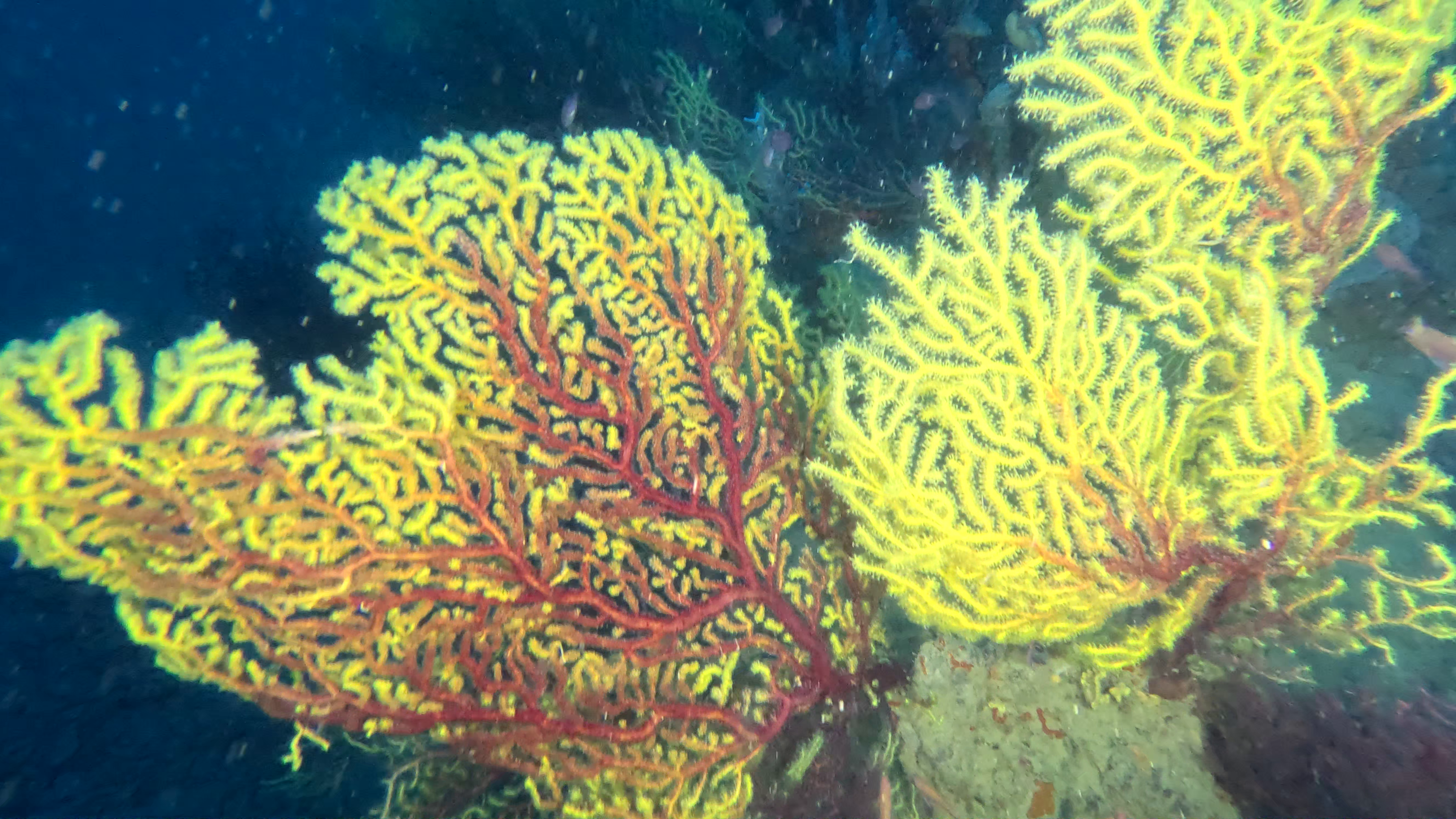
mediterranean coral reef – barriera corallina mediterranea – www.intotheblue.it
An important chapter is diving equipment; these must be of high quality, in particular the regulators, the dive computer, the Jacket Sub, the materials for our videos and photographs as well as the illuminators, a spare cylinder in case there are problems with the main cylinders such as the breaking of an o-ring or a regulator hose, but the wetsuit, the knife which must always be well sharpened, the fins, the watch, etc. are equally important. Furthermore, it is good to remember that the equipment must be customized to allow the diver to immediately identify where, for example, the second regulator is located, the pressure gauge for controlling the air pressure inside the cylinders, the inflation and unloading the Jacket Sub. immersione ad alto rischio
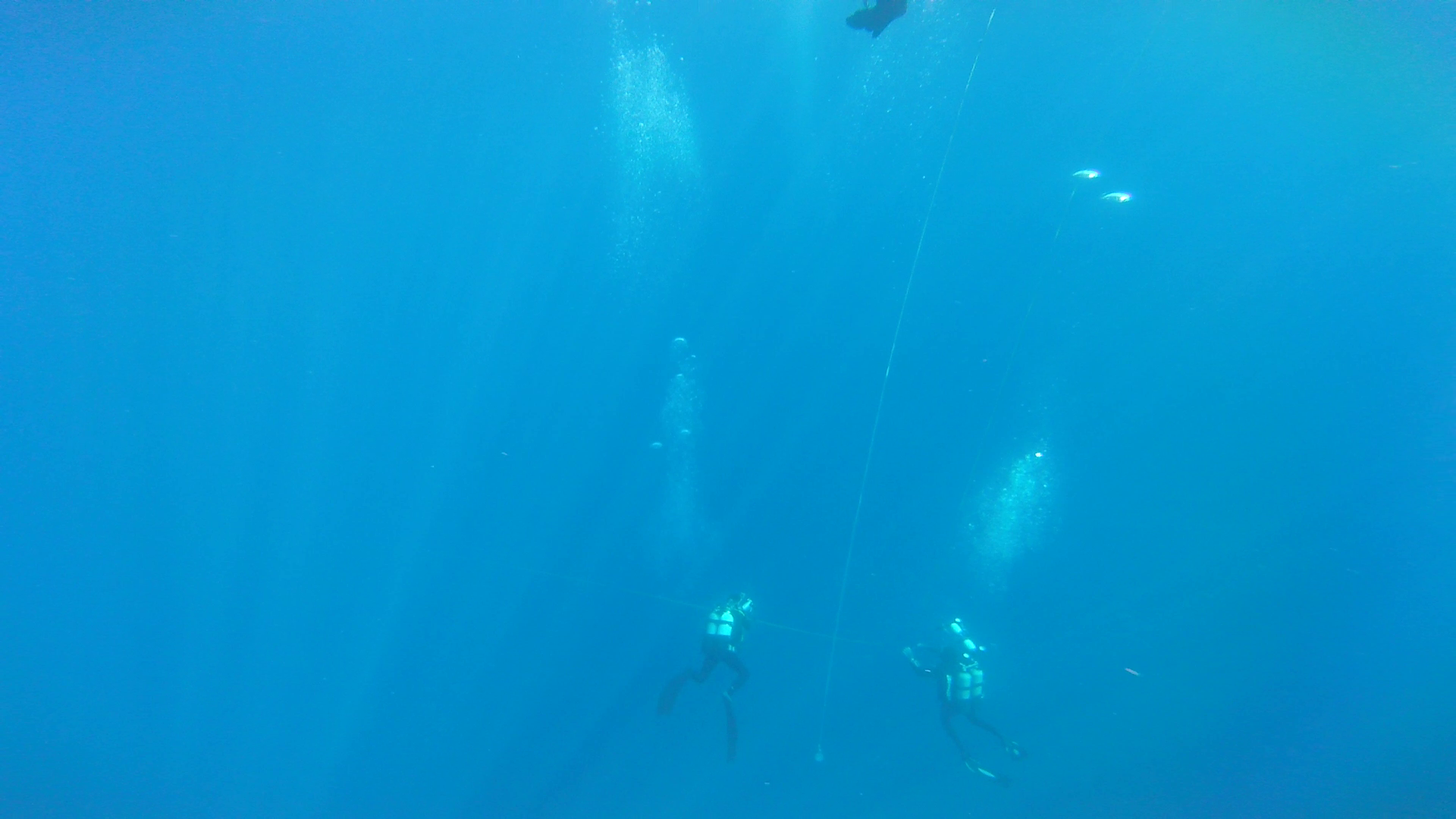
ascent from scuba diving – risalita dall’immersione subacquea – www.intotheblue.it
The duration of the dive must be commensurate with the depth we intend to reach and the dive we are interested in doing, taking into account that a greater depth should correspond to a shorter immersion time so as to saturate our tissues as little as possible and allow for better decompression. However, you must be aware that since it is a high-risk dive, zero risk does not exist; we can limit it with balanced behavior. Decompression or desaturation stage is the period of time that a diver spends at a constant depth at the end of the dive to safely eliminate nitrogen (being an inert gas) from the body to avoid problems related to “decompression sickness”.
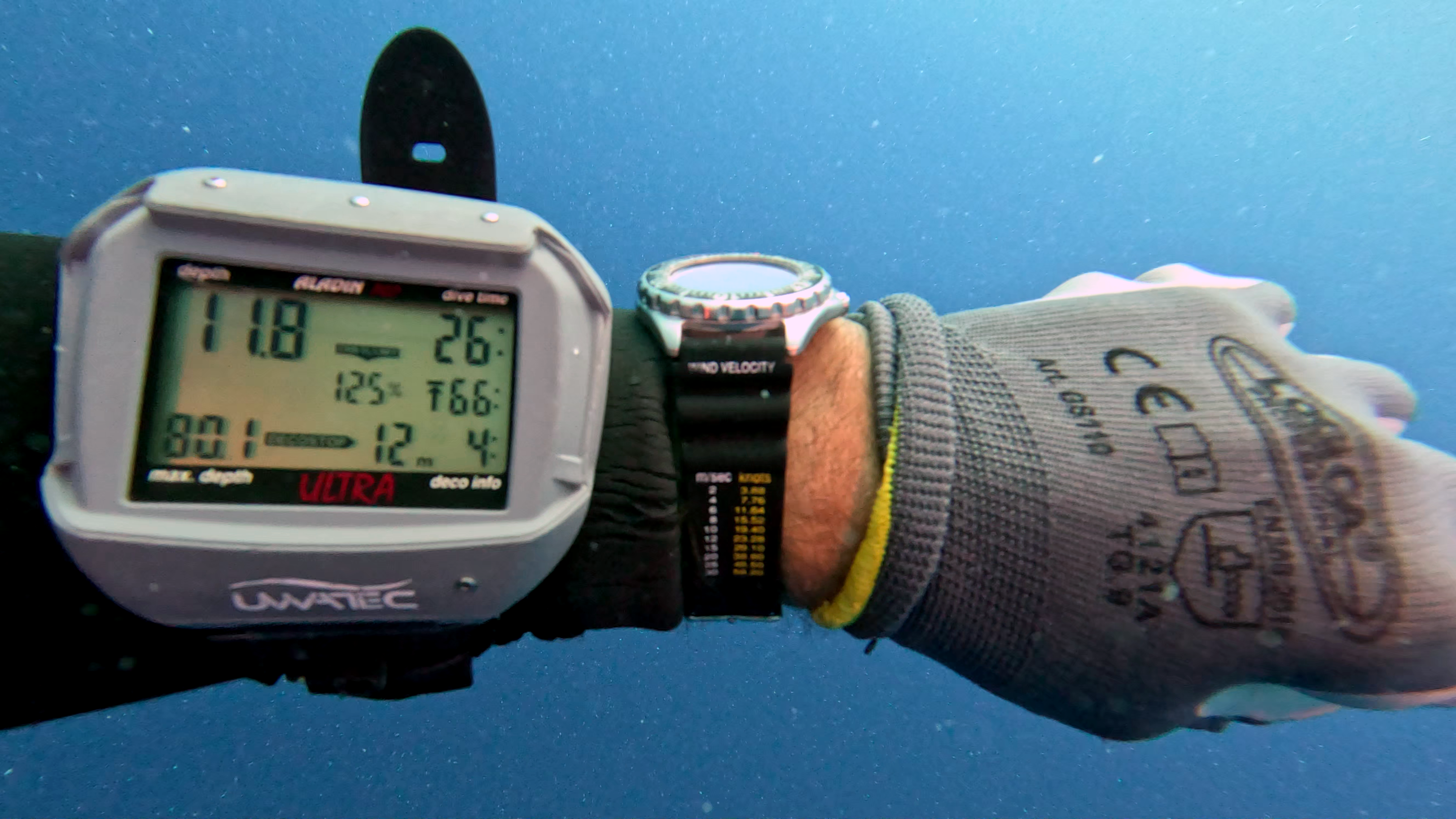
maximum depth reached 80.1 meters decompression stop 4 minutes at 12 metres – profondità massima raggiunta 80,1 metri sosta di decompressione 4 minuti a 12 metri – www.intotheblue.it
The laws of physics that regulate this particular activity are Henry’s law, relating to the solubility of gases in liquids under pressure, and Dalton’s law, which states the mechanism of the partial pressures of gases; on the basis of these laws it is possible to understand the mechanism of gas absorption, and the relative saturation and desaturation, in the diver’s organism during immersion and resurfacing. Using decompression tables or dive computers allows the diver to understand his or her dive profile. Every dive involves complex mechanisms of absorption and gradual release of gases. After the dive, a rest period is necessary to allow the complete desaturation of the residual nitrogen, and if we have to take a plane it is necessary to allow at least 24 hours to pass before embarking on the journey. We can say the same for a possible second dive because the deep one requires adequate time for our organism to recover.
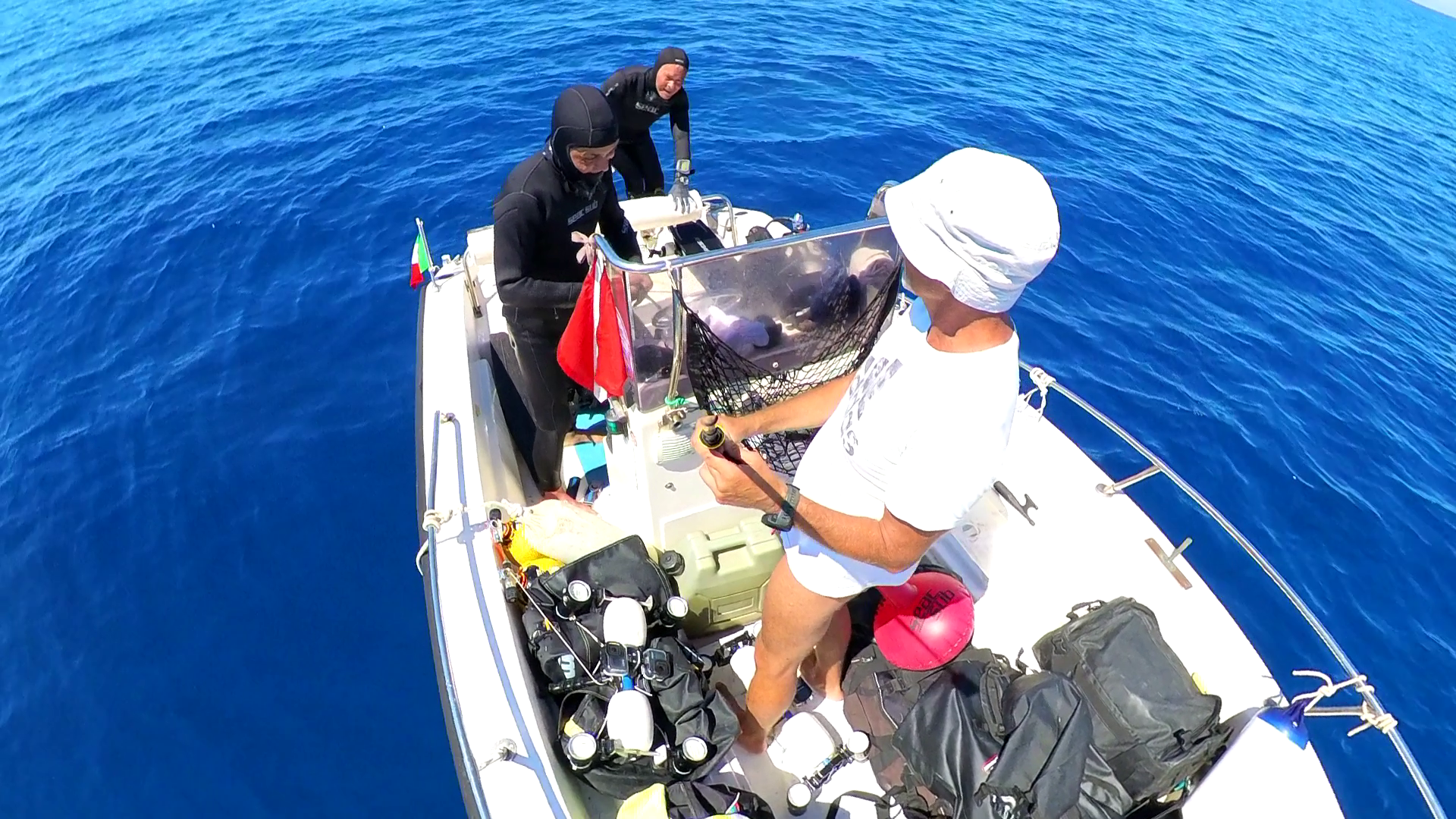
end of the scuba – dive fine dell’immersione – www.intotheblue.it
However, it should be noted that current deep diving techniques using mixtures no longer justify the need to do deep diving with a scuba compressed air. Today we can count on Trimix mixtures prepared for the various depths; we can count on modern Rebreathers which allow diving at great depths with greater safety and with less risk of incurring “decompression sickness”. However, all the considerations made up to now remain unchanged regarding the autonomy of the diver with respect to the support boat, the decompression stages which in any case are part of the dive even with current techniques and the spare cylinders to be carried with you for any emergencies or malfunction of the main equipment and therefore being able to make an emergency ascent respecting the “safety regulations” knowing full well that zero risk in this type of activity does not exist. immersione ad alto rischio
 English
English Italiano
Italiano
